Mazda RX-2 Buyers guide
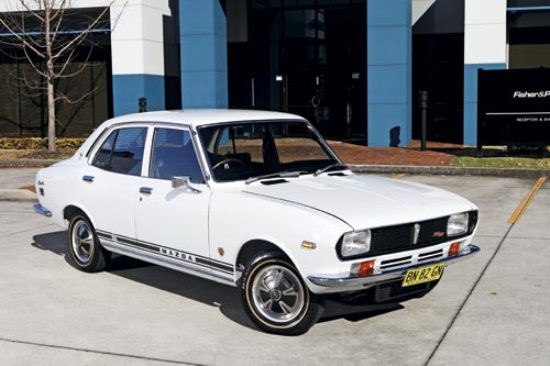 Mazda RX-2
Mazda RX-2

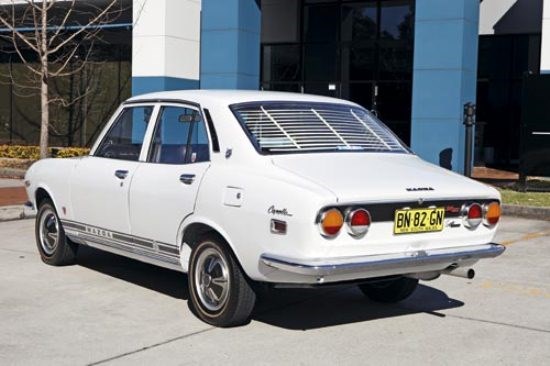

 Mazda RX-2
Mazda RX-2
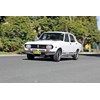
 Mazda RX-2
Mazda RX-2
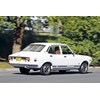
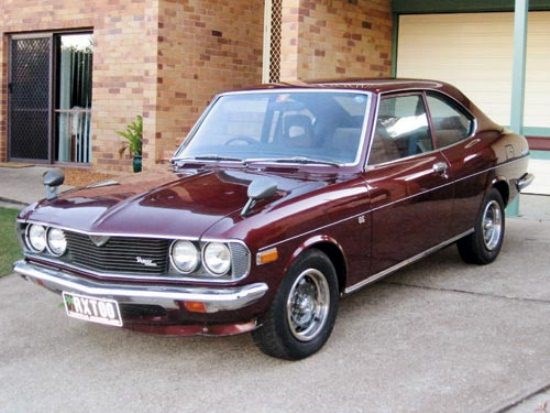 Mazda RX-2
Mazda RX-2

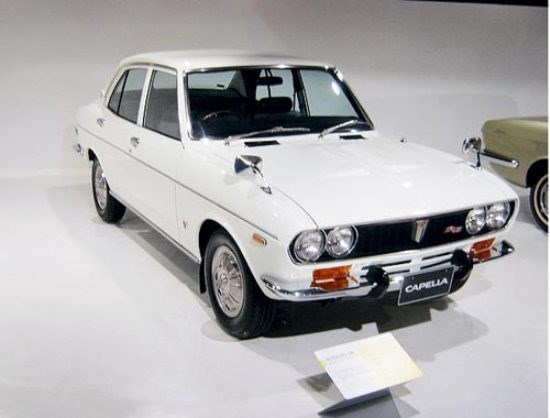 Mazda RX-2
Mazda RX-2

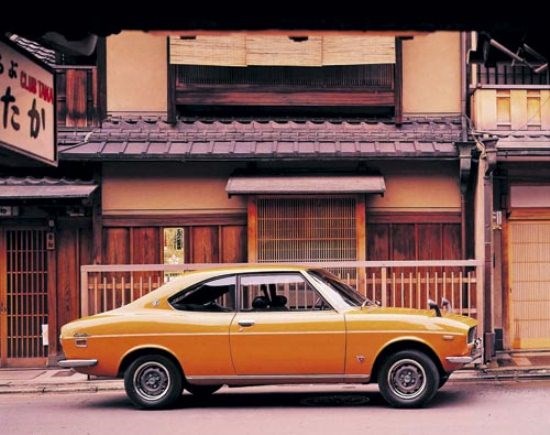 Mazda RX-2
Mazda RX-2

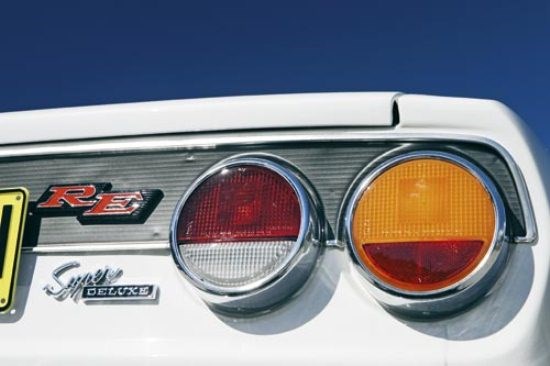 Mazda RX-2
Mazda RX-2

 Mazda RX-2
Mazda RX-2
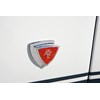
 Mazda RX-2
Mazda RX-2
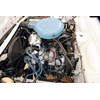
 Mazda RX-2
Mazda RX-2
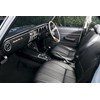
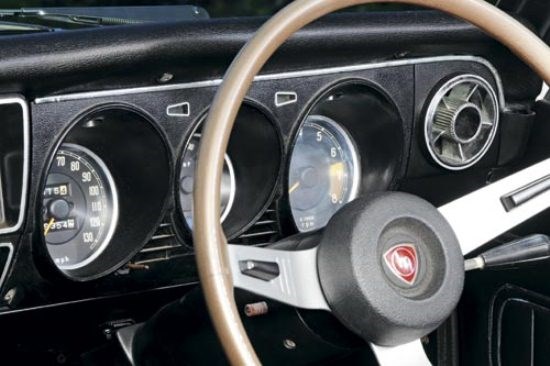 Mazda RX-2
Mazda RX-2


|
|
Mazda RX-2
|

|

|
|
Mazda RX-2
|

|
|
Mazda RX-2
|

|
|
Mazda RX-2
|

|
|
Mazda RX-2
|

|
|
Mazda RX-2
|

|
|
Mazda RX-2
|

|
|
Mazda RX-2
|

|
|
Mazda RX-2
|

|
|
Mazda RX-2
|

|
|
Mazda RX-2
|
Mazda’s stylish answer to the Ford Escort enhanced the reputation of the rotary engine in this country...

|
|
Buyer's guide: Mazda RX-2
|
Mazda RX-2
They were derided as ‘rice-burners’ and ‘the world’s fastest light-globe’ (Mazda being a popular 1960s brand of incandescent bulb) but the chuckling stopped when rotary-engined Mazdas started scaring piston-powered cars in motorsport events.
Most successful was the 808-based RX-3, which made life in the touring car world very tough for V6 Capris and Alfa GTVs, but the chunky, family-friendly Capella RX-2 made its mark as well.
Australia saw its first RX-2s in October 1970, when two- and four-door versions appeared in showrooms alongside the popular 1300 and 1800 ranges, and the conventional piston-engined Capella.The RX-2 shared its shape and most other components with the Capella, but under its bonnet was the twin-rotor 1146cc 12A engine that would power the majority of 1970s and ’80s R-prefix Mazdas.
Leader of the Capella pack was the RX-2 coupe. Priced $300 above its $2998 sedan counterpart, the snappy two-door had black rims with chrome trim rings and neat pin-striping described in Mazda advertising as ‘dashing body stripes’.
The cabin was black on almost every surface but was well-equipped and more luxurious than most cars in its price range. Standard features included a simulated wood-rim wheel, a tachometer redlined from 7000-8000rpm, temperature and amps gauges, heater/demister, centre console, rear window demister and optional head restraints. A four-speed manual was the only transmission.
Australia had the RX-2 coupe for just 16 months before it was inexplicably withdrawn from Mazda’s range, perhaps to free up some import quota for the brand-new, smaller RX-3. Mazda had dabbled in Series Production motorsport with its R100 coupe and 1300 sedan but the bigger-engined RX-2 gave local distributor Westco Motors a shot at the Manufacturers’ Championship – or ‘Manchamp’ Series.
Run at tracks around the country including, of course, the annual Bathurst 500/1000 events, Manchamp classes catered to a wide range of notionally showroom-stock models. On debut at Bathurst in 1971 and again in 1973, RX-2s won their category against strong competition from Twin-Cam Escorts and GTR Toranas.
In 1972, they finished second to an Escort that managed, against expectations, to last the race distance.
"If the Escorts disconnected their rev limiters they were much faster than the RX-2, but they were also prone to exploding," said John ‘Paddy’ Pitchford, who served for some years as assistant manager for the Mazda Dealer Team.
"Our cars, of course, could run flat out all day so we knew that reliability would, likely as not, get us through – as long as we could keep the fuel up to them as they just drank the stuff," ‘Pad’ said.
"The thing they didn’t do was handle very well, and to remedy that, you would pull out the front struts and re-drill the mounting holes to give you more negative camber, then carefully fill in the original holes so the change wasn’t too obvious," he revealed. "It was a bit of a fiddle but nothing was ever said because pretty much everyone was doing it."
Although the smart two-door and its boy-racer imagery were gone, Mazda persevered and enjoyed continuing success with the four-door version. An automatic became available in 1972 – using a Jatco three-speed in place of the Borg-Warner unit used in earlier 1600 Capellas.
By this time the price of an automatic had topped $3800 – more than $800 above the four-speed sedan’s introductory cost. A radio with electric aerial was included, yet the RE Capella still weighed only 989kg.
In Japan and some overseas markets, the two-door remained available until 1975. Later versions, and Aussie-market sedans, can be identified by a more elaborate grille and replacement of the distinctive circular taillights by integrated units.
The RX-2 sedan was discontinued here in April ’76, but the regular Capella carried on until it was replaced by the 626 in 1978.
ON THE ROAD
If you’ve never driven a rotary before, the first experience may be disconcerting. Jumping from a V8, as I did one day in 1977, and into a two-door Capella produced the impression that the Mazda’s throttle linkage had fallen off. Absolutely nothing happened until the tacho was reading above 4000rpm.
From there on, though, the engine began to emit its distinctive metallic whine and scenery whizzed past at vastly increased pace. Back off for a bend – and for all but the gentlest curves you really needed to get out of the throttle – and the exhaust note sent a shiver up your spine.
Suddenly this car with its lifeless steering and absence of front-end grip became enjoyable. You dealt with the bends as best you could and grinned widely when a long straight appeared.
That experience was based on a car with standard suspension and the stock 155-section radials, which had been severely criticised in magazine tests for nervous handling and poor resistance to cross-winds. However, a sedan supplied in 1971 to Motor Manual and on wider 165SR13 Dunlop Aquajets scored ‘Good’ ratings for both directional control and predictability. Virtually every surviving RX-2 now seems to be running non-standard wheels with lower-profile tyres.
The driving position was excellent, as were the infinitely-adjustable seats, and the dash was well-designed with easily-read dials and air-flow vents compensating for the design’s lack of quarter-windows.
The 12A engine originally delivered 97kW at 7000rpm. Maximum engine speed was 8000rpm and a lot of 12A engines spent time in the tacho’s orange-tinted 6000-7000rpm zone. Torque was a decent 155Nm that peaked at that magic 4000rpm.
Key to the Mazda’s excellent mid-range performance was gearing. Using only the permitted 7000rpm, road testers ran second gear to 88km/h and third to an amazing 153km/h, while 80-112km/h overtaking took 5.5 seconds – just 0.3sec adrift of an XU-1 Torana.
Cars in today’s market may have their 12A engines replaced by the larger 13Bs – often with modified induction and possibly turbocharged to give more than 200kW.
Using the standard engine’s performance to the full was expensive. The fuel tank holds 65 litres and a quick 400 kilometre journey would slurp every drop. Treated more gently, a manual RX-2 could manage around 13L/100km.
Boot space in both versions is good but spoiled by a high loading lip and stupid positioning of the spare wheel.
BUYING
Unless you happen upon a rare stock example like our featured car, RX-2 buyers will need to match a variety of modifications to their needs and driving style. If running flat out on a circuit or drag strip is your thing, then turbocharged cars with ‘monster’ porting and fuel injection may suit. These hi-po engines don’t like idling and are almost untenable in traffic. For street performance, cars fitted with the near-stock 13B turbo are far more sensible and still very quick.
Scarce two-door cars will generally cost more than $20,000 but tidy sedans running later-model engines and modified suspension can be found from $8000-15,000. Checking on-line sites and forums, it was surprising to find worn but restorable cars below $3000. Given the relatively low cost of parts and decent possibility of finding good replacement panels, these are viable as restoration projects or for modification.
Importing a LHD RX-2 is viable as well. Favourable exchange rates open up the US market where excellent sedans can be found at US$6000 and coupes for $3000-5000 more. Two-door RX-2s were sold there until 1975 and there is an active Mazda Rotary club for advice on what cars might be available.
BUYER’S CHECKLIST
Body & Chassis
Rust attacks the lower body panels, floors and window surrounds. Look carefully at panel gaps and chassis rails for indications of poor post-crash repairs. Ensure the doors on coupes close easily and haven’t damaged the sealing rubbers. Second-hand panels – shared with the Capella sedan – are relatively cheap and it seems possible to buy good doors and mudguards for under $200 each. Replacing a coupe rear quarter-panel could be challenging. New indicator lenses, some chromed parts and body rubber kits are available – rubbers from $500 per set. Replacing damaged or missing rear lights on an early car can cost around $500, as will a decent used bonnet. Decent Capella bumpers can be found at under $200.
Engine & Transmission
Early rotary engines gained a reputation for rapid seal wear and the need for frequent rebuilds. Modern seals and components help durability and a rebuilt 12A should run beyond 100,000 kilometres before major work is needed. Look in the rear window when accelerating for tell-tale blue smoke that signifies engine work is needed. The major risk when buying a car that has been highly modified is that the expensive engine will require equally costly and more frequent rebuilds than a relatively standard engine. Inspection by a rotary-engine specialist is highly recommended. Replacement gearboxes cost less than $1000, with standard clutch kits at $400 and competition units up to $1000.
Suspension & Brakes
Modified suspension in an RX-2 is common and more sensible for frequent use than the stock set-up. Some owners use suspension that is far too rigid for street use, however, and wider wheels that can make contact with the body over bumps. Look for gouges in tyre walls and rub marks on front suspension components. New springs and suspension bush kits are easily acquired. Upgraded brakes are a sensible idea and something that can be done without affecting the look of an otherwise stock car.
Interior & Electrics
Cracked dash tops are common and not easily found in undamaged condition. Reproduction door trims have been advertised at $800/set but an excellent alloy-spoke steering wheel sold for more than $700. Test the ventilation system to ensure the fan is working and that an air-
conditioned car – should any survive – is putting out chilled air. The original padding in seats becomes flat and uncomfortable but a lot of cars now have later-model buckets.
SPECIFICATIONS
Mazda Capella rx-2 (1970-76)
Number Built: 225,004
Body: all-steel, integrated body/chassis, 2-door coupe and 4-door sedan
Engine: 1146cc twin-rotor, single carburettor
Power: 97kW @ 7000rpm
Torque: 155Nm @ 4000rpm
Gearbox: 4-speed manual or 3-speed automatic
Suspension: struts and coil springs with anti-roll bar (f); live axle, coil springs, Panhard rod and locating links (r)
Brakes: disc/drum (f/r), power-assisted
Performance: 0-97km/h – 10.0sec; 0-400m – 16.8sec*
Top speed: 190km/h (claimed)
Price: $3000-$30,000
Contact: Mazda clubs in all states www.ausrotary.com
* manual RX-2 coupe
*****
More reviews:
Search used:
Unique Cars magazine Value Guides
Sell your car for free right here
Get your monthly fix of news, reviews and stories on the greatest cars and minds in the automotive world.
Subscribe

.jpg)







.jpeg)





